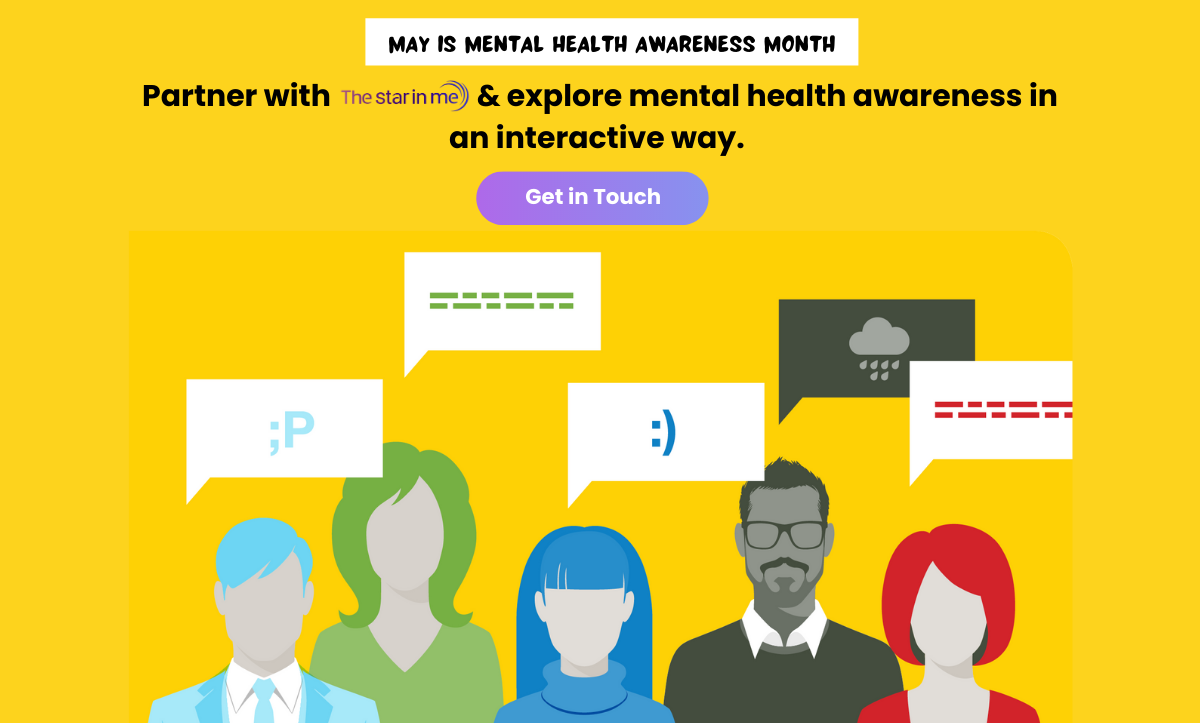
Digital Burnout: Supporting Employee Mental Health in an Always - On Culture
In today’s technology-driven world, employees are constantly connected to their work, whether it’s through email, instant messaging, or project management apps.
In fact, a survey by the American Psychological Association found that 44% of employees check work email during their personal time, leading to feelings of burnout and stress.
The always-on culture can take a toll on employee mental health, leading to decreased productivity, job satisfaction, and overall well-being.
It’s like a never-ending marathon, where employees are expected to sprint at full speed, without any breaks or rest. But just like a runner needs to pace themselves to avoid burnout, employers must take steps to support employee mental health and promote wellness in tech-driven workplaces.
In this blog, we’ll explore the impact of digital burnout on employee mental health and provide practical strategies for employers to create a supportive work culture that prioritizes employee well-being.

The Impact of Digital Burnout on Employee Mental Health
Digital burnout refers to the exhaustion, stress, and fatigue caused by being constantly connected to work through technology. This condition can have a significant impact on employee mental health, leading to decreased job satisfaction, productivity, and overall well-being.
Here are a few examples of how digital burnout can affect employees:
1. Always-On Culture: An always-on culture refers to the expectation that employees are always available to respond to work-related communications, regardless of their personal time. When employees feel pressured to be available 24/7, it can lead to feelings of burnout and anxiety.
For example, an employee might feel the need to check work emails during a family vacation, leading to tension and stress within the family.
2. Increased Workload: Technology has made it easier for employers to assign work tasks to employees outside of normal working hours. This can result in an increased workload and lead to employees feeling overwhelmed and overworked.
For example, an employee might receive multiple notifications for work-related tasks, leading to a sense of urgency and stress that can spill over into their personal life.
3. Lack of Boundaries: Technology can blur the lines between work and personal life, making it difficult for employees to establish clear boundaries. This can lead to an inability to disconnect from work, leading to feelings of exhaustion and burnout.
For example, an employee might feel the need to respond to work-related messages during their personal time, leading to a feeling of being constantly “on call.”
Also, Read: A guide to corporate training and leadership development programs in 2023
Strategies for Promoting Employee Wellness in Tech-Driven Workplaces
Promoting employee wellness in tech-driven workplaces is essential for reducing digital burnout and creating a supportive work culture. Here are some strategies that employers can implement to promote employee wellness:
Encourage Regular Breaks: Employers can encourage employees to take regular breaks throughout the workday.
For example, a company might encourage employees to take a 10-15 minute break every two hours to stretch, walk around, or meditate. This can help employees refresh and recharge, reducing stress and fatigue.
Offer Flexible Work Arrangements: Employers can offer flexible work arrangements that allow employees to work remotely or adjust their work schedules. This can help employees better manage their workload and personal responsibilities, leading to a better work-life balance.
For example, an employee might be able to work from home one day per week, reducing the stress of commuting and allowing for more flexibility in their schedule.
Provide Mental Health Support: Employers can provide access to mental health support for employees. This can include offering an employee assistance program (EAP) or providing access to a mental health professional.
For example, a company might offer an EAP that provides employees with confidential counseling services to help manage stress and burnout.
Set Realistic Workload Expectations: Employers can set realistic workload expectations for employees, taking into account the impact of technology on their workload.
For example, a company might implement a policy that limits the number of work-related messages that can be sent outside of normal working hours.
Create a Positive Work Culture: Employers can create a positive work culture that promotes employee well-being.
For example, a company might implement a recognition program that acknowledges employee achievements or provide opportunities for employees to engage in team-building activities.
Creating a Supportive Work Culture That Prioritizes Employee Well-Being
Creating a supportive work culture that prioritizes employee well-being is essential for promoting productivity, reducing burnout, and fostering a positive workplace environment. Here are some tips for creating a supportive work culture that prioritizes employee well-being:
Communicate Openly and Honestly: Employers can create a supportive work culture by communicating openly and honestly with employees. This means sharing information about company goals, challenges, and successes and being transparent about decision-making processes.
Encourage Work-Life Balance: Employers can encourage work-life balance by offering flexible work arrangements, such as remote work options or flexible work hours. This can help employees better manage their personal responsibilities and reduce the stress of work-life conflicts.
Provide Professional Development Opportunities: Employers can provide professional development opportunities, such as training programs or mentorship opportunities, to help employees develop new skills and advance in their careers. This can improve job satisfaction and reduce the risk of burnout.
Offer Health and Wellness Programs: Employers can offer health and wellness programs, such as gym memberships or mindfulness training, to promote physical and mental well-being. This can help employees reduce stress and improve overall health.
Foster a Sense of Community: Employers can foster a sense of community by encouraging team-building activities, such as group outings or volunteer events. This can help employees feel connected to their colleagues and foster a positive work environment.
Also, Read: Best Corporate Training & Leadership Development Programs 2023
How does learning and development play a role in reducing the negative impact of “Always on” Culture?
Learning and development can play a crucial role in supporting employee mental health in an always-on culture. Here’s how:
Promotes self-awareness: Learning and development programs can help employees develop self-awareness, which is essential for managing stress and preventing burnout. Employees who are aware of their triggers and coping mechanisms can better manage their workload and maintain their mental well-being.
Provides stress management tools: Learning and development programs can provide employees with stress management tools, such as mindfulness techniques or time management strategies. These tools can help employees cope with the demands of an always-on culture and prevent burnout.
Fosters a growth mindset: Learning and development programs can foster a growth mindset, which is essential for resilience and mental well-being. Employees who believe that they can learn and grow from challenges are better equipped to handle the demands of an always-on culture.
Supports career development: Learning and development programs can support career development, which is essential for job satisfaction and mental well-being. Employees who feel that they are progressing in their careers are more likely to be engaged and committed to their work.
Promotes work-life balance: Learning and development programs can promote work-life balance by offering flexible work arrangements or time management strategies. This can help employees better manage their workload and maintain their mental well-being.
What Next?
Partner with The star in me to foster a culture of mental wellness. Leverage our curated workshops, which are designed to promote mental health awareness and leave employees with actionable tips for healthy living.
Get in touch with us at hello@thestarinme.com
